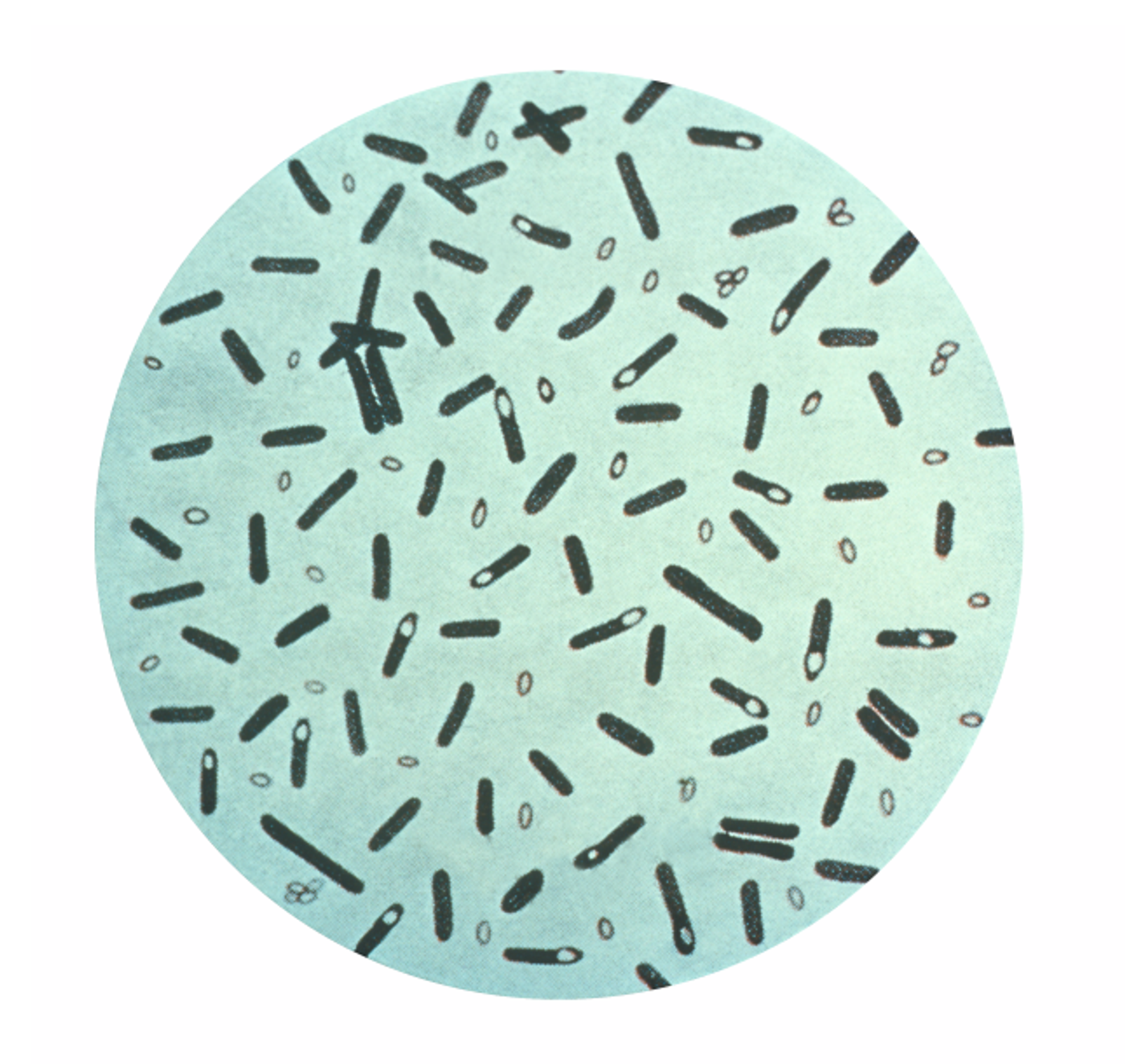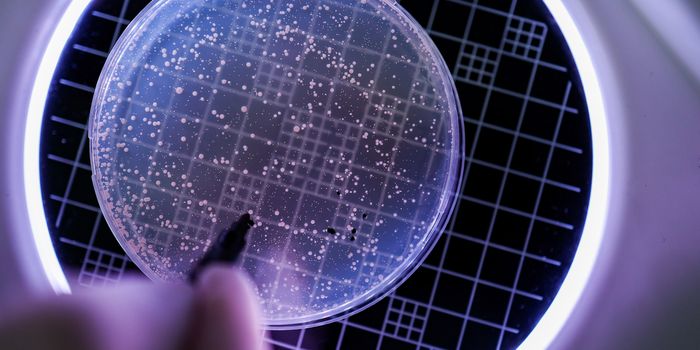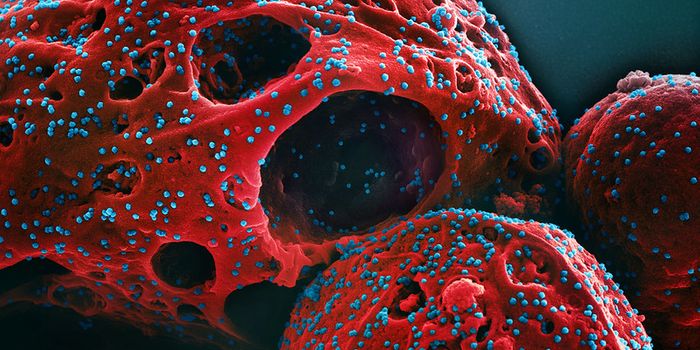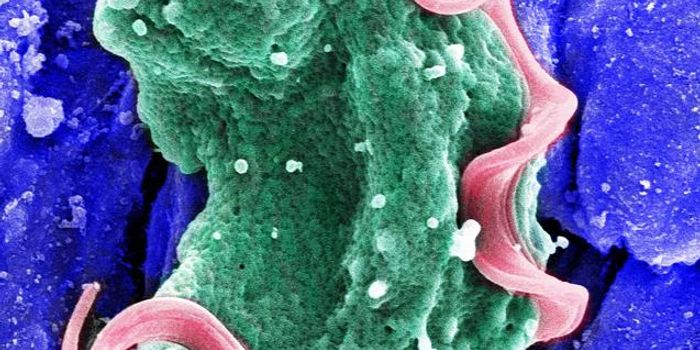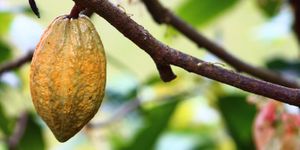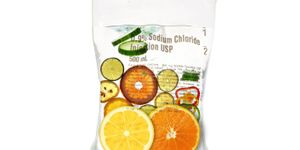Ever heard that babies aren’t supposed to eat honey? What’s the deal? Honey is great!
Yes, honey is great, but it can also give you botulism.
Infant botulism, specifically, is caused by Clostridium botulinum. These rod-shaped, Gram-positive anaerobes form spores that are heat-resistant and can lay dormant in the environment for long periods of time. (In other words, a recipe for disaster.)
Infant botulism results from an interesting interplay between humans and bacteria. First, infants - with their immature digestive tracts - ingest C. botulinum spores. Evidently, the immature gut provides an ideal habitat for C. botulinum to grow - a place where the pathogen isn’t effectively outcompeted by other species of bacteria. Then, these spores germinate to produce actively growing bacteria that produce botulinum toxin in the gut. It’s that toxin that makes you sick (and your digestive juices can’t destroy the toxin).
C. botulinum strains are divided into four phenotypic groups based on the toxins they produce. Groups I and II produce disease in humans. For anyone interested in taxonomy (taxonophiles?), C. botulinum was first isolated in 1895 by Emile van Ermengem. The bacterium was growing on home-cured ham that was linked to cases of botulism (so-called “sausage poisoning”). Since the bacteria were rod-shaped and formed spores, they were donned Bacillus botulinus. Once researchers realized that B. botulinus was an anaerobe (species in the genus Bacillus are aerobes), they placed it into the genus Clostridium.
Back to infant botulism. Botulinum toxin blocks nerve impulses, causing muscle weakness and hypotonia. A majority of infants - some 60% - have trouble breathing and require mechanical ventilation. Without good muscle control, infants also have trouble swallowing, in which case IV fluids and a feeding tube are often required. While infant botulism is rare in the US - around 100 infants are hospitalized each year - it’s worth talking about because, with a little education, it’s preventable.
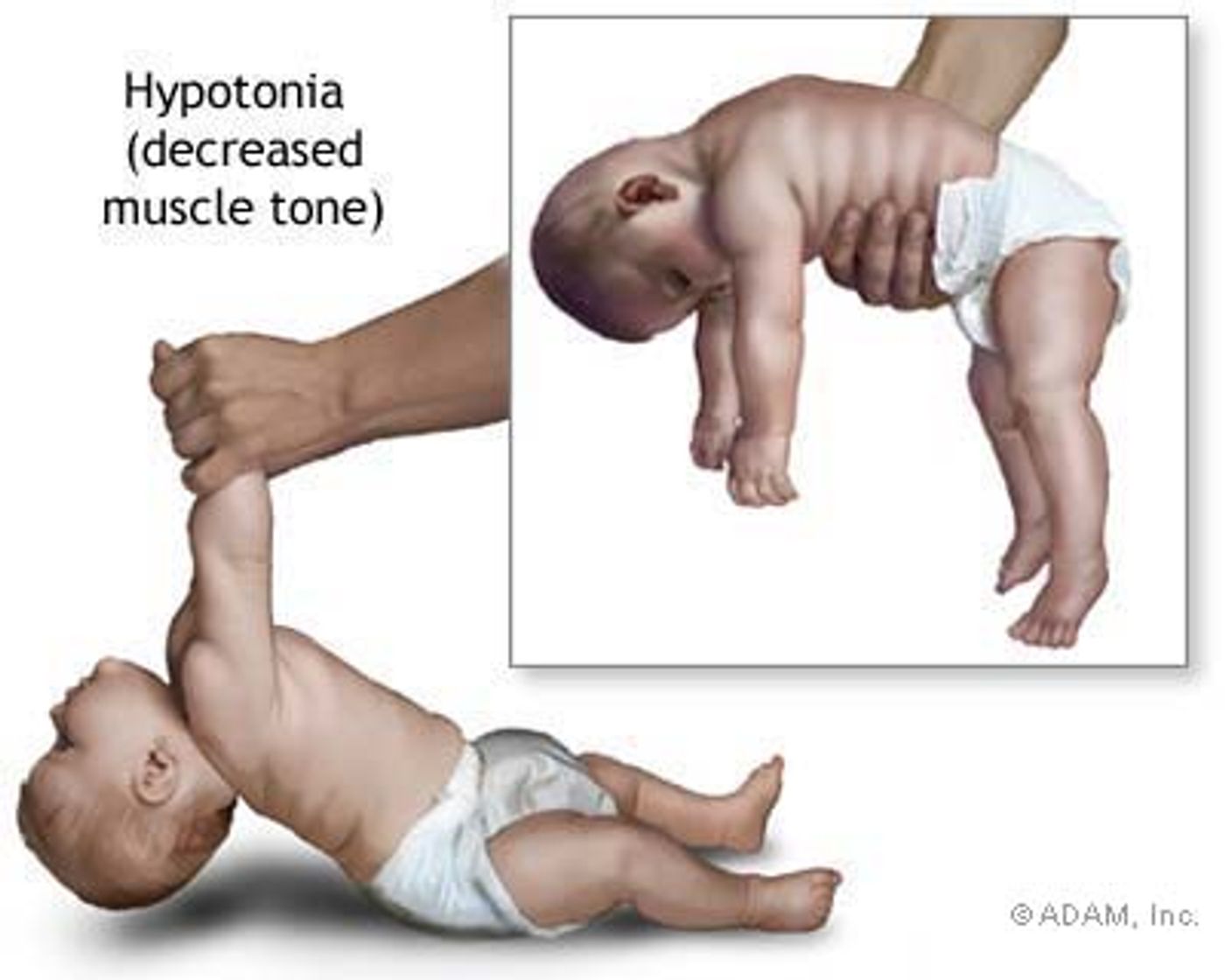
(marketing genius), was developed by the California Department of Public Health and consists of human-derived anti-botulinum toxin antibodies. These antibodies are collected from people who have been vaccinated with the botulinum toxoid. The only problem is that BabyBIG is extremely expensive - around $45,000 per vial. That’s not only a problem for patients, but also for health systems in poorer countries. This prompted at least one group of researchers (in Argentina) to test the effectiveness of equine botulinum antitoxin (EqBA) for treating infant botulism.
Why EqBA? Because horses are big, they can produce more antitoxin than a human, and they work for cheap. Ethics aside (I happen to own a horse), the study found that EqBA was safe and effective for treating infant botulism.
Sources: FDA,
University of Florida,
KidsHealth,
BMJ Case Reports,
infantbotulism.org,
Wikipedia
